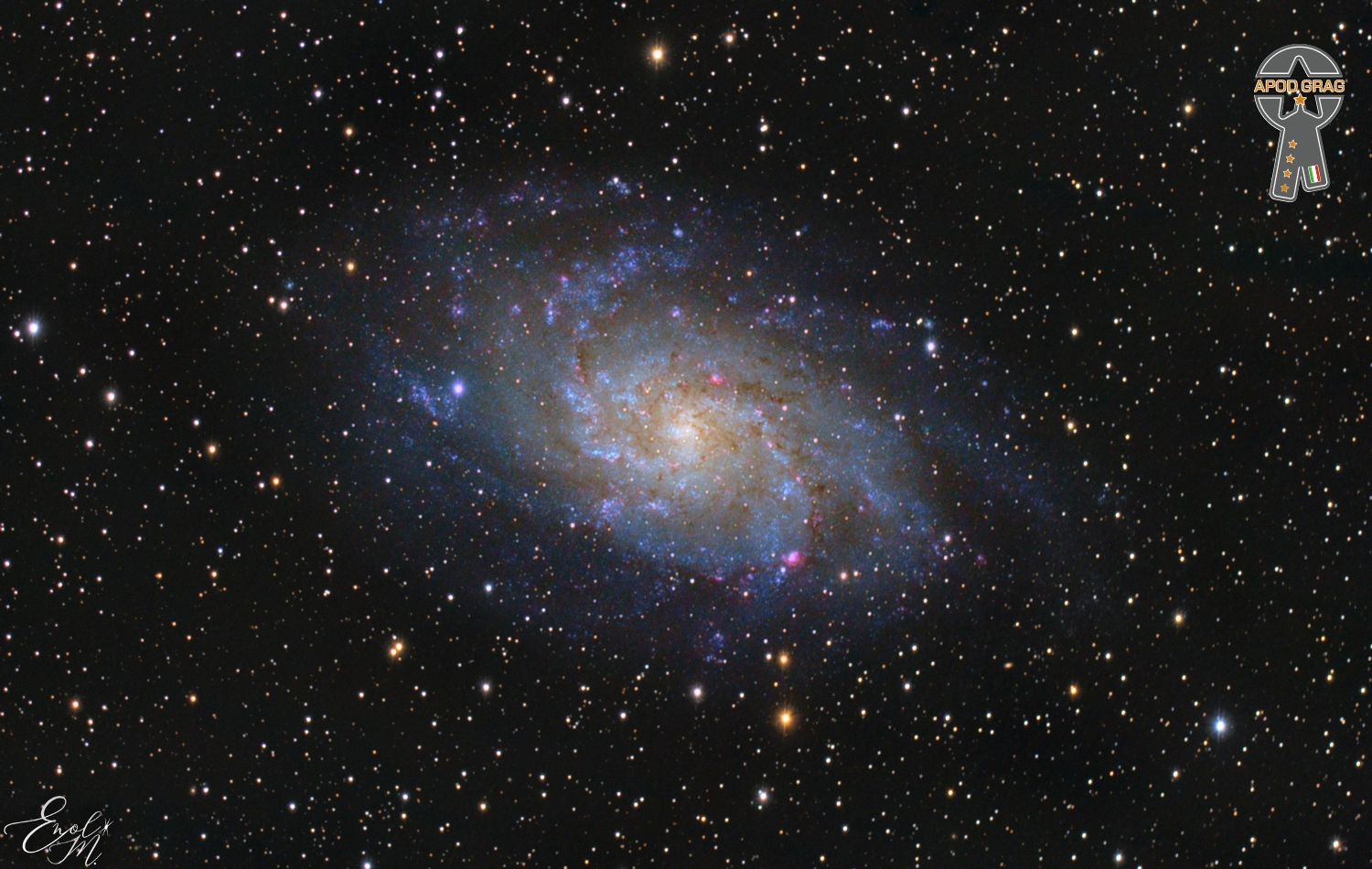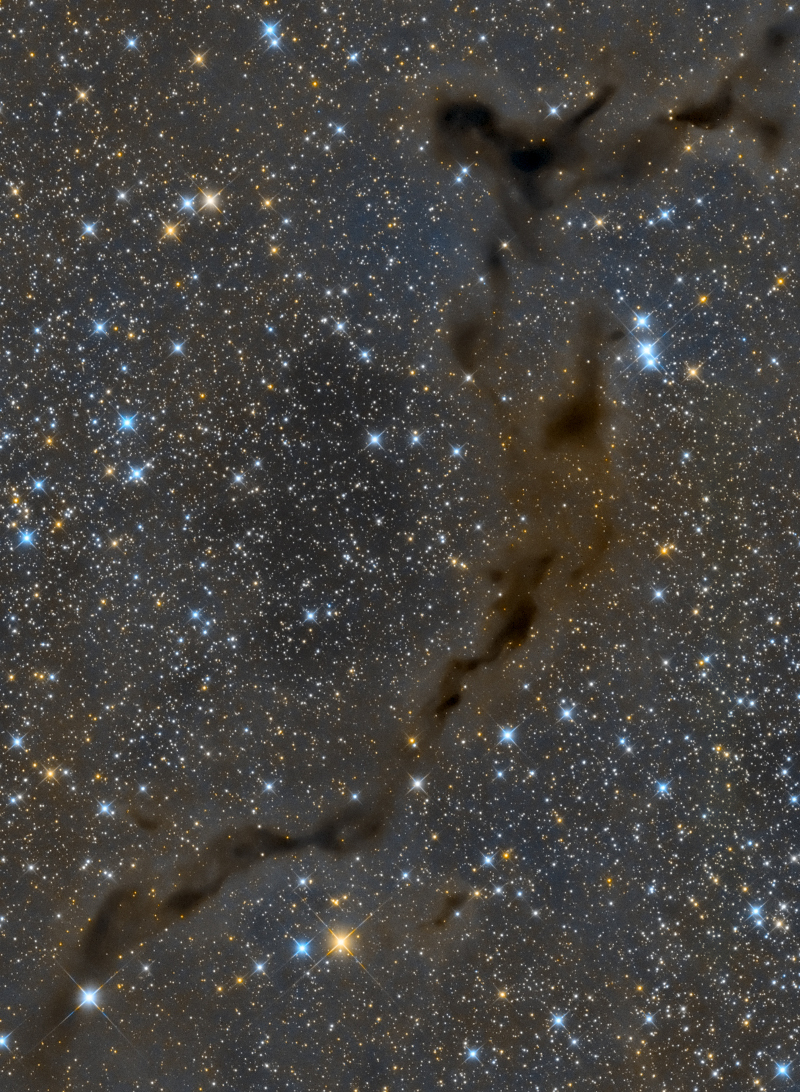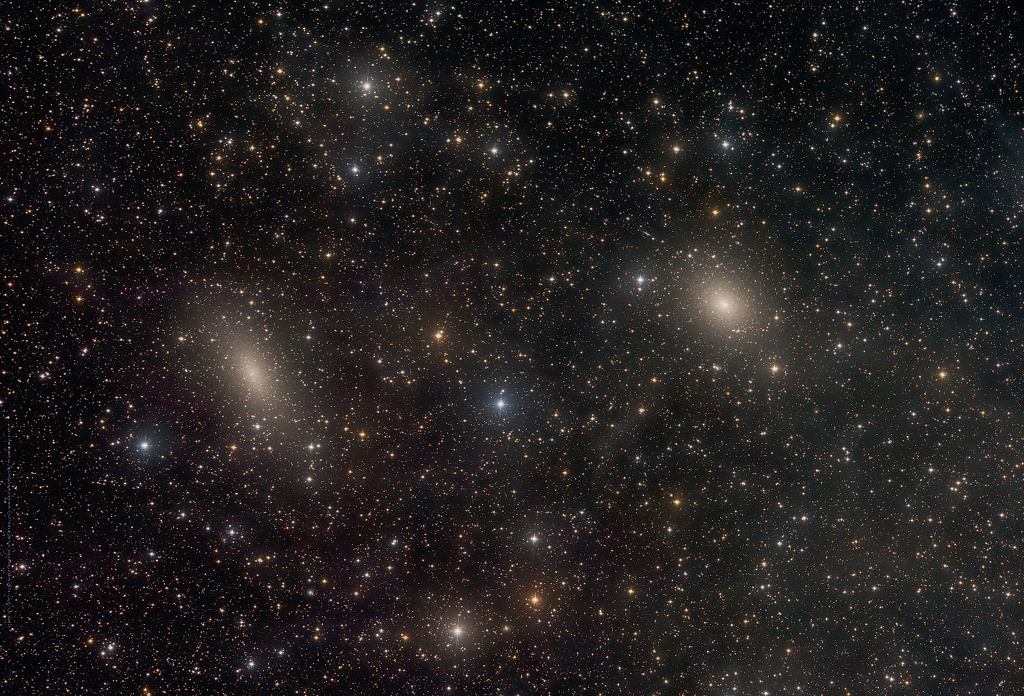Blog
Joe Bushkin (November 7, 1916 – November 3, 2004) was an American jazz pianist.
Born in New York City, Bushkin began his career by playing trumpet and piano with New York City dance bands, including Frank LaMare’s Band at the Roseland Ballroom in Brooklyn. He joined Bunny Berigan‘s band in 1935, played with Eddie Condon from 1936–37, and with Max Kaminsky and Joe Marsala, before rejoining Berigan in 1938. He then left to join Muggsy Spanier‘s Ragtime Band in 1939. From the late 1930s through to the late 1940s, he also worked with Tommy Dorsey and Eddie Condon on records, radio and television. He worked on the soundtrack of Road to Morocco(1942), starring Bing Crosby, and several commercial sessions. Wartime United States army air corp turned him back into a trumpeter; he also recorded with Lester Young on piano and directed music for Moss Hart’s morale-booster Winged Victory on Broadway for six months before serving in the South Pacific. After his service in World War II he worked with Louis Armstrong, Bud Freeman and Benny Goodman.
Bushkin performed with Louis Armstrong and his All Stars with Velma Middleton singing vocals for the ninth Cavalcade of Jazz concert held at Wrigley Field in Los Angeles. The concert was produced by Leon Hefflin, Sr. on June 7, 1953. Also featured that day were Roy Brown and his Orchestra, Don Tosti and His Mexican Jazzmen, Earl Bostic, Nat “King” Cole, and Shorty Rogers and his Orchestra.[4]
He married Francice Netcher, elder sister of socialite Mollie Wilmot. The couple had four children – Nina, Maria, Terasa, and Christina. They lived in Santa Barbara, California, on a ranch.
more...The Triangulum Galaxy is a spiral galaxy 2.73 million light-years (ly) from Earth in the constellation Triangulum. It is catalogued as Messier 33 or NGC 598. The Triangulum Galaxy is the third-largest member of the Local Group of galaxies, behind the Andromeda Galaxy and the Milky Way. It is one of the most distant permanent objects that can be viewed with the naked eye.
The galaxy is the smallest spiral galaxy in the Local Group (although the smaller Large and Small Magellanic Clouds may have been spirals before their encounters with the Milky Way), and is believed to be a satellite of the Andromeda Galaxy or on its rebound into the latter due to their interactions, velocities, and proximity to one another in the night sky. It also has an H II nucleus.

Arturo Sandoval is a Cuban-American jazz trumpeter, pianist, and composer. While living in his native Cuba, Sandoval was influenced by jazz musicians Charlie Parker, Clifford Brown, and Dizzy Gillespie. In 1977 he met Gillespie, who became his friend and mentor and helped him defect from Cuba while on tour with the United Nations Orchestra. Sandoval became an American naturalized citizen in 1998. His life was the subject of the film For Love or Country: The Arturo Sandoval Story (2000) starring Andy García.
Sandoval has won Grammy Awards, Billboard Awards and one Emmy Award. He performed at the White House and at the Super Bowl (1995)
Sandoval was born in Artemisa. As a twelve-year-old boy in Cuba, he played trumpet with street musicians. He helped establish the Orquesta Cubana de Musica Moderna, which became the band Irakere in 1973. He toured worldwide with his own group in 1981. During the following year he toured with Dizzy Gillespie, who became his friend and mentor. From 1982 to 1984, he was voted Cuba’s Best Instrumentalist and was a guest artist at the BBC and Leningrad Symphony Orchestras.
more...Joseph Raymond Conniff (November 6, 1916 – October 12, 2002) was an American bandleader and arranger best known for his Ray Conniff Singers during the 1960s. Conniff was born November 6, 1916 in Attleboro, Massachusetts, United States, and learned to play the trombone from his father. He studied music arranging from a course book.
After serving in the U.S. Army in World War II (where he worked under Walter Schumann), he joined the Artie Shaw big band and wrote many arrangements for him. After his stint with Shaw, he was then hired by Mitch Miller in 1954, then head of A&R at Columbia Records, as their home arranger, working with several artists including Rosemary Clooney, Marty Robbins, Frankie Laine, Johnny Mathis, Guy Mitchell and Johnnie Ray. He wrote a top 10 arrangement for Don Cherry‘s “Band of Gold” in 1955, a single that sold more than a million copies. Among the hit singles he backed with his orchestra (and eventually with a male chorus) were “Yes Tonight Josephine” and “Just Walkin’ in the Rain” by Johnnie Ray; “Chances Are” and “It’s Not for Me to Say” by Johnny Mathis; “A White Sport Coat” and “The Hanging Tree” by Marty Robbins; “Moonlight Gambler” by Frankie Laine; “Up Above My Head“, a duet by Frankie Laine and Johnnie Ray; and “Pet Me, Poppa” by Rosemary Clooney. He also backed up the albums Tony by Tony Bennett, Blue Swing by Eileen Rodgers, Swingin’ for Two by Don Cherry, and half the tracks of The Big Beat by Johnnie Ray. In these early years he produced similar-sounding records for Columbia’s Epic label under the name of Jay Raye (which stood for “Joseph Raymond”) among them a backing album and singles with Somethin’ Smith and the Redheads, an American male vocal group.
more...Light-years across, this suggestive shape known as the Seahorse Nebula appears in silhouette against a rich, luminous background of stars. Seen toward the royal northern constellation of Cepheus, the dusty, obscuring clouds are part of a Milky Way molecular cloud some 1,200 light-years distant. It is also listed as Barnard 150 (B150), one of 182 dark markings of the sky cataloged in the early 20th century by astronomer E. E. Barnard. Packs of low mass stars are forming within, but their collapsing cores are only visible at long infrared wavelengths. Still, the colorful stars of Cepheus add to this pretty, galactic skyscape.

Neil Cowley (born 5 November 1972) is an English contemporary pianist and composer. He has also released music as part of Fragile State, the Green Nuns of the Revolution, and the Neil Cowley Trio. With his trio, he appeared on Later… with Jools Holland in April 2008 and won the 2007 BBC Jazz Award for best album for Displaced. In 2018, Cowley announced he was working on a new electronic focused solo project. In 2020 Cowley announced his debut solo album ‘Hall of Mirrors’
Cowley was born in London, England. He began as a classical pianist and performed a Shostakovich piano concerto at the age of 10 at Queen Elizabeth Hall. In his late teens Cowley moved into being a keyboardist for soul and funk acts Mission Impossible, the Brand New Heavies, Gabrielle and Zero 7. He also appeared as a co-composer and session musician with the jazz-rock group Samuel Purdey. An early album was Foxbury Rules, released under the pseudonym Diamond Wookie.
more...Ingram Cecil Connor III (November 5, 1946 – September 19, 1973 Waycross, GA), known professionally as Gram Parsons, was an American singer, songwriter, guitarist, and pianist. Parsons recorded as a solo artist and with the International Submarine Band, the Byrds, and the Flying Burrito Brothers. He popularized what he called “Cosmic American Music”, a hybrid of country, rhythm and blues, soul, folk, and rock.
Parsons was born in Winter Haven, Florida, and developed an interest in country music while attending Harvard University. He founded the International Submarine Band in 1966, but the group disbanded prior to the 1968 release of its debut album, Safe at Home. Parsons joined The Byrds in early 1968 and played a pivotal role in the making of the seminal Sweetheart of the Rodeo album. After leaving the group in late 1968, Parsons and fellow Byrd Chris Hillman formed The Flying Burrito Brothers in 1969; the band released its debut, The Gilded Palace of Sin, the same year. The album was well received but failed commercially. After a sloppy cross-country tour, the band hastily recorded Burrito Deluxe. Parsons was fired from the band before the album’s release in early 1970. Emmylou Harris assisted him on vocals for his first solo record, GP, released in 1973. Although it received enthusiastic reviews, the release failed to chart. His next album, Grievous Angel, peaked at number 195 on the Billboard chart. His health deteriorated due to several years of drug abuse culminating in his death from a toxic combination of morphine and alcohol in 1973 at the age of 26.
Parsons’s relatively short career was described by AllMusic as “enormously influential” for country and rock, “blending the two genres to the point that they became indistinguishable from each other.” He has been credited with helping to found the country rock and alt-country genres. His posthumous honors include the Americana Music Association “President’s Award” for 2003 and a ranking at No. 87 on Rolling Stone‘s list of the “100 Greatest Artists of All Time.
In the late 1960s, Parsons became enamored of and began to vacation at Joshua Tree National Park (then a National Monument) in southeastern California, where he frequently used psychedelicsand reportedly experienced several UFO sightings. After splitting from Burrell, Parsons often spent his weekends in the area with Margaret Fisher and Phil Kaufman, with whom he had been living. Scheduled to resume touring in October 1973, Parsons decided to go on another recuperative excursion on September 17. Accompanying him were Fisher, personal assistant Michael Martin, and Dale McElroy, Martin’s girlfriend. Kaufman later declared that Parsons’ attorney was preparing divorce papers for him to serve to Burrell while the singer remained in Joshua Tree on September 20.
During the trip, Parsons often retreated to the desert, while the group visited bars in the nearby hamlet of Yucca Valley, California, on both nights of their stay. Parsons consumed large amounts of alcohol and barbiturates. On September 18, Martin drove back to Los Angeles to resupply the group with marijuana. That night, after challenging Fisher and McElroy to drink with him (Fisher didn’t like alcohol and McElroy was recovering from a bout of hepatitis), he said, “I’ll drink for the three of us,” and proceeded to drink six double tequilas. They then returned to the Joshua Tree Inn, where Parsons purchased morphine from an unknown young woman. After being injected by her in room #1, he overdosed. Fisher gave Parsons an ice-cube suppository and, later, a cold shower. Instead of moving Parsons around the room, she put him to bed in room #8 and went out to buy coffee in the hope of reviving him, leaving McElroy to stand watch. As his respirations became irregular and later ceased, McElroy attempted resuscitation. Her efforts failed and Fisher, watching from outside, was visibly alarmed. After further failed attempts, they decided to call an ambulance. Parsons was declared dead on arrival at Yucca Valley Hospital at 12:15 a.m. on September 19, 1973, in Yucca Valley. The official cause of death was an overdose of morphine and alcohol.
more...Arthur Ira Garfunkel (born November 5, 1941) is an American singer, poet, and actor. He is best known for his partnership with Paul Simon in the folk rock duo Simon & Garfunkel.
Highlights of Garfunkel’s solo music career include one top-10 hit, three top-20 hits, six top-40 hits, 14 Adult Contemporary top-30 singles, five Adult Contemporary number ones, two UK number ones and a People’s Choice Award. Through his solo and collaborative work, Garfunkel has earned eight Grammys, including a Lifetime Achievement Award. In 1990, he and Simon were inducted into the Rock and Roll Hall of Fame. In 2008, Garfunkel was ranked 86th in Rolling Stone magazine’s list of the 100 Greatest Singers of All Time. Garfunkel was born in Forest Hills, Queens, New York City, the son of Rose (born Pearlman) and Jacob “Jack” Garfunkel, a traveling salesman. Art was a middle child with two brothers, the older Jules and the younger Jerome. Jacob’s parents emigrated to the United States at the beginning of the twentieth century, and settled in Manhattan. Before his career in sales, Jacob worked as an actor in Dayton, Ohio.Garfunkel is of Romanian-Jewish descent, his paternal grandparents having emigrated from the city of Iași. When he was young, he would often sing in synagogue. His maternal cousin was Lou Pearlman, founder of the Backstreet Boys and NSYNC.
more...John Vivian “Jack” McVea (November 5, 1914 – December 27, 2000) was an American swing, blues, and rhythm and blues woodwind player and bandleader. He played clarinet and tenor and baritone saxophone.
Born in Los Angeles, California, his father was the noted banjoist Satchel McVea, and banjo was Jack McVea’s first instrument. He played jazz in Los Angeles for several years, and joined Lionel Hampton‘s orchestra in 1940. From 1944 on he mostly worked as a leader. He performed at the first Jazz at the Philharmonic concert in 1944.
Jack Mc Vea played at the famed Cavalcade of Jazz concert held at Wrigley Field in Los Angeles produced by Leon Hefflin Sr. on October 12, 1946. Lionel Hampton and his Orchestra, Slim Gaillard, T-Bone Walker, The Honeydrippers, Madaline Green, Winnie Brown, Reathis Stevens, Joan Benson and Louis Armstrong were all on the same program.
more...Siguiriyas (Spanish pronunciation: [seɣiˈɾiʝas]; also seguiriyas, siguerillas, siguirillas, seguidilla gitana, etc.) are a form of flamenco music in the cante jondo category. This deep, expressive style is among the most important in flamenco. Unlike other palos of flamenco, siguiriyas stands out for being purely Romani (Calé) in origin.Siguiriyas are normally played in the key of A Phrygian with each measure (the compás) consisting of 12 counts with emphasis on the 1st, 3rd, 5th, 8th and 11th beats.
The lyrics of siguiriyas deal with tragic themes such as imprisonment (e.g., Calabosito Oscuro sung by Juanito Valderrama) the death of a loved one and death in general (e.g., Si Acaso Muero sung by Camarón De La Isla), love, and religious ideas. The oldest forms of siguiriyas were performed without musical accompaniment, akin to tonás. The more modern forms are accompanied by the guitar, where the nuances of the cante make it one of the most difficult styles to accompany and interpret. Traditionally, the verses of siguiriyas are constructed of two short 6 syllable lines, followed by a longer 11 syllable line, then ending with another 6 syllable line, the rhythm being provided by the syllables of the words.
more...
Diwali is a festival of lights and one of the major festivals celebrated by Hindus, Jains, Sikhs and some Buddhists, notably Newar Buddhists. One of the most popular festivals of Hinduism, Diwali symbolizes the spiritual “victory of light over darkness, good over evil, and knowledge over ignorance”

Dwarf galaxies NGC 147 (left) and NGC 185 stand side by side in this sharp telescopic portrait. The two are not-often-imaged satellites of M31, the great spiral Andromeda Galaxy, some 2.5 million light-years away. Their separation on the sky, less than one degree across a pretty field of view, translates to only about 35 thousand light-years at Andromeda’s distance, but Andromeda itself is found well outside this frame. Brighter and more famous satellite galaxies of Andromeda, M32 and M110, are seen closer to the great spiral. NGC 147 and NGC 185 have been identified as binary galaxies, forming a gravitationally stable binary system. But recently discovered faint dwarf galaxy Cassiopeia II also seems to be part of their system, forming a gravitationally bound group within Andromeda’s intriguing population of small satellite galaxies.

Jeffrey H. Lorber (born November 4, 1952) is an American keyboardist, composer, and record producer. After six previous nominations, Lorber won his first Grammy Award on January 28, 2018 for Best Contemporary Instrumental Album for Prototype by his band The Jeff Lorber Fusion.
Many of his songs have appeared on The Weather Channel‘s Local on the 8s segments and on the channel’s compilation albums, The Weather Channel Presents: The Best of Smooth Jazz and The Weather Channel Presents: Smooth Jazz II. He was nominated for a Grammy Award for his album He Had a Hat (Blue Note, 2007)
Lorber was born to a Jewish family in Cheltenham, Pennsylvania, the same suburb as Michael and Randy Brecker, with whom he would later play.He started to play the piano when he was four years old. After playing in a number of R&B bands as a teen, he attended Berklee College of Music, where he developed his love for jazz. At Berklee he met and played alongside guitarist John Scofield. He moved to Vancouver, Washington in 1972. For several years he studied chemistry at Boston University.
more...Lawrence Benjamin Bunker (November 4, 1928 – March 8, 2005) was an American jazz drummer, vibraphonist, and percussionist. A member of the Bill Evans Trio in the mid-1960s, he also played timpani with the Los Angeles Philharmonic orchestra.
Born in Long Beach, California, Bunker was a central figure on the West Coast jazz scene, one of the relatively few who actually were from the region. In the 1950s and 1960s he appeared at Howard Rumsey‘s Lighthouse in Hermosa Beach, and performed with Shorty Rogers and His Giants and others. At first he played primarily drums, but increasingly he focused on vibraphone and was later highly regarded for his playing of timpani and various percussion instruments.
A dependable and in-demand studio drummer and vibist, Bunker achieved particular distinction by recording with Billie Holiday, Ella Fitzgerald, Peggy Lee, Diana Krall, and many other jazz greats. In 1952, he was the drummer in one of Art Pepper‘s first groups. In 1953 and 1954, Bunker played drums in some of the earliest of Gerry Mulligan‘s groups. From 1963 to 1965, he was, intermittently, the drummer in the Bill Evans trio. His work in movie soundtracks spanned over fifty years, from Stalag 17 (1953) and Glengarry Glen Ross (1992) to The Incredibles (2004), and included soundtracks by John Williams, Henry Mancini, Quincy Jones, Miklós Rózsa, Jerry Goldsmith, Johnny Mandel, Lalo Schifrin and many other composers. Bunker died of complications of a stroke in Los Angeles at age 76
more...Carlos Valdés Galán (November 4, 1926 – December 4, 2007), better known as Patato, was a Cuban conga player. In 1954, he emigrated from La Habana to New York City where he continued his prolific career as a sideman for several jazz and Latin music ensembles, and occasionally as a bandleader. He contributed to the development of the tunable conga drum which revolutionized the use of the instrument in the US. His experimental descarga albums recorded for Latin Percussion are considered the counterpart to the commercial salsa boom of the 1970s. Tito Puente once called him “the greatest conguero alive today”.
Like most Cuban musicians, Carlos Valdés had several nicknames throughout his artistic career. Early on he was known as “El Toro” (The Bull) as a young dancer and boxer. In school he was known as “Patato” (Potato) due to his short stature; more disrespectfully he was known as “Remache” and “Tampón de bañera” around his neighbourhood. While playing alongside Armando Peraza in Havana’s Zombie Club, he was known as “El Zombie”, “Zombito” or “Pequeño Zombie” (Little Zombie). Due to his dancing style he was known as “Pingüino” (Penguin). Nonetheless, “Patato” was the name that stuck and he carried this pseudonym to the US, where he was often miscredited as “Potato Valdez”
https://www.youtube.com/watch?v=zFM7uPz18Qc
more...More Posts
- Rita Marley
- Semmangudi Radhakrishna Srinivasa Iyer
- Don Ellis
- Johnny Hodges
- World Fusion Playing for Change
- Daily Roots Ja Man All Stars
- Paris Olympics 2024
- Cosmos Chamaeleon I Molecular Cloud
- Charles McPherson
- Billy Taylor
- World Music Debashish Bhattacharya & Tanmoy Bose
- Daily Roots D-Roy Band
- John Mayall Memorial
- Carei Thomas
- Cosmos M1
- Montez Coleman
- Steve Lacy
- “Champion Jack” Dupree
- Bill Lee
- World Music Tarwa N-Tiniri